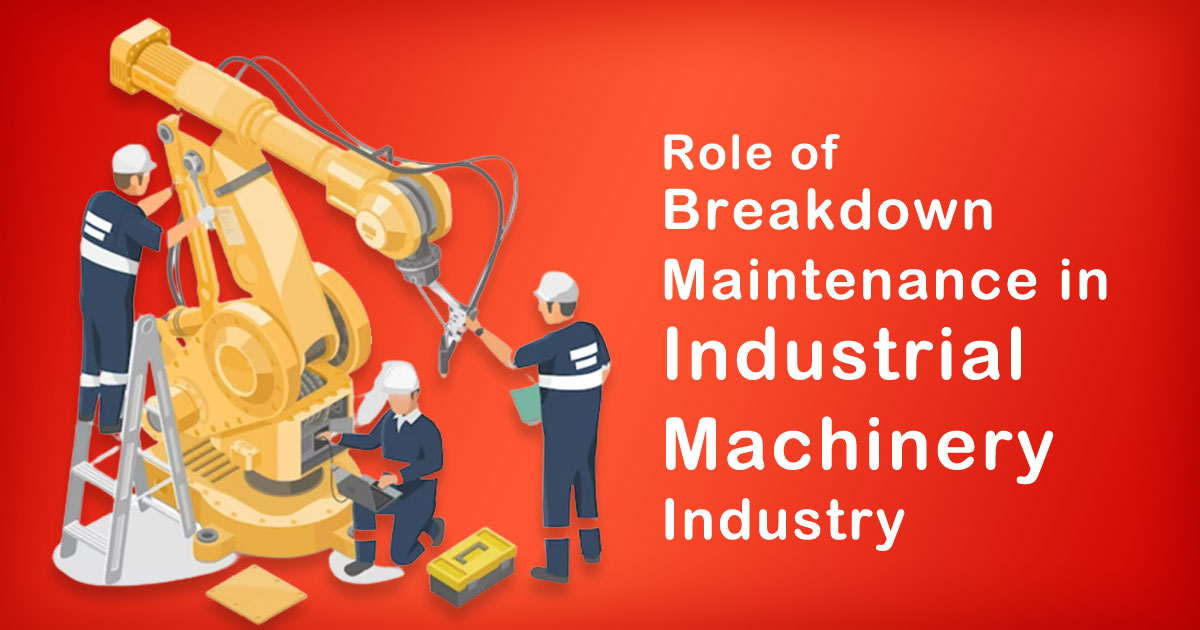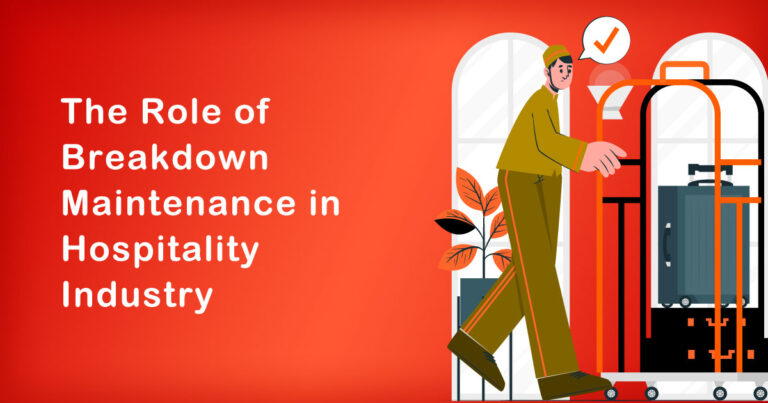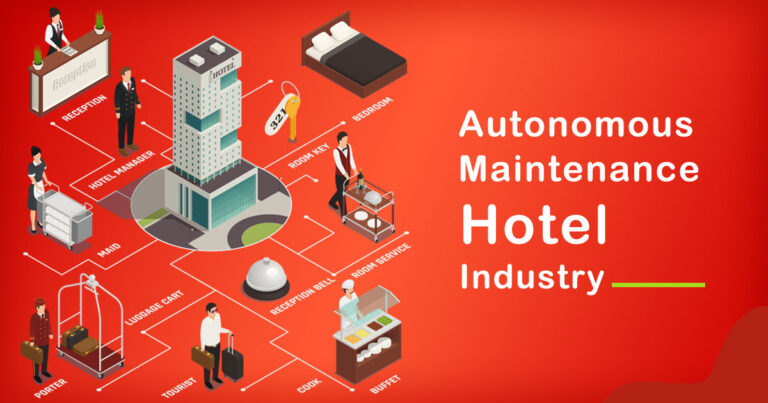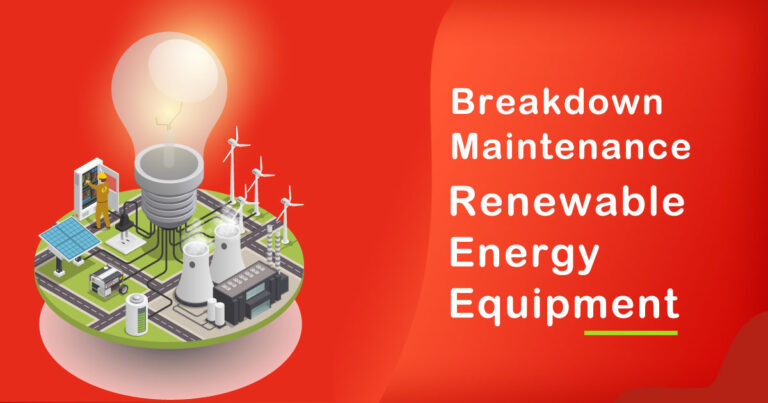Introduction
In the highly competitive landscape of India’s industrial machinery industry, maintaining optimal performance and reliability of equipment is paramount. To achieve this, various maintenance strategies are employed, and one such approach that holds significant importance is Breakdown Maintenance (BDM). This article delves into the pivotal role of BDM in the Indian context, shedding light on its advantages, challenges, and its impact on overall industrial productivity.
Understanding Breakdown Maintenance
Breakdown Maintenance, also known as “run-to-failure” maintenance, is a reactive approach where machinery is only repaired when it breaks down or experiences a malfunction. While this method might appear cost-effective initially due to deferred maintenance expenditures, it comes with potential drawbacks that must be thoroughly examined.
The BDM Strategy in the Indian Industrial Setting
In the Indian industrial machinery sector, Breakdown Maintenance has been widely practiced, mainly due to various factors such as budget constraints, inadequate skilled manpower, and lack of awareness regarding proactive maintenance strategies. However, it is essential to acknowledge the long-term impact of this approach on industrial efficiency and overall business performance.
Advantages of Breakdown Maintenance
Though Breakdown Maintenance is considered a suboptimal approach, it does offer certain advantages:
Reduced immediate costs
As mentioned earlier, this approach postpones maintenance expenditures, allowing businesses to allocate resources to other critical areas.
Simplicity in execution
BDM is relatively easy to implement, requiring minimal planning and scheduling, which can be beneficial for smaller industries with limited resources.
Identifying inherent weaknesses:
Frequent breakdowns can expose underlying flaws in equipment design or maintenance procedures, prompting improvements.
Challenges and Drawbacks of BDM
While the advantages mentioned above may seem appealing, Breakdown Maintenance brings along several significant challenges:
Downtime and production loss:
Unplanned breakdowns lead to unforeseen downtime, resulting in decreased production output and potential financial losses.
Safety concerns:
Equipment breakdowns can create hazardous situations for operators and workers, leading to potential accidents and injuries.
Impact on machinery lifespan:
Reactive maintenance can result in accelerated wear and tear, reducing the overall lifespan of the machinery.
Reduced competitiveness:
Over time, frequent breakdowns may lead to a decrease in product quality, customer dissatisfaction, and decreased competitiveness in the market.
The Shift Towards Preventive and Predictive Maintenance
To address the drawbacks of Breakdown Maintenance, there is a growing shift towards more proactive strategies like Preventive Maintenance (PM) and Predictive Maintenance (PdM). Preventive Maintenance involves scheduled inspections, repairs, and replacements to prevent failures, while Predictive Maintenance leverages data analytics and machine learning to predict failures before they occur.
Integrating BDM with Preventive and Predictive Maintenance
While transitioning entirely from BDM to PM or PdM might not be immediately feasible for some industries, a strategic integration of these maintenance approaches can yield substantial benefits. Implementing a well-structured maintenance plan that includes preventive measures and predictive analytics can significantly reduce unplanned downtime and enhance overall equipment reliability.
Conclusion
In conclusion, while Breakdown Maintenance has been a prevalent practice in India’s industrial machinery industry, its limitations and potential negative impact on productivity and safety are undeniable. As the sector continues to evolve and adopt more advanced technologies, a gradual shift towards preventive and predictive maintenance strategies becomes imperative. By embracing a proactive approach to equipment maintenance, Indian industries can enhance their operational efficiency, ensure worker safety, and gain a competitive edge in the global market.








